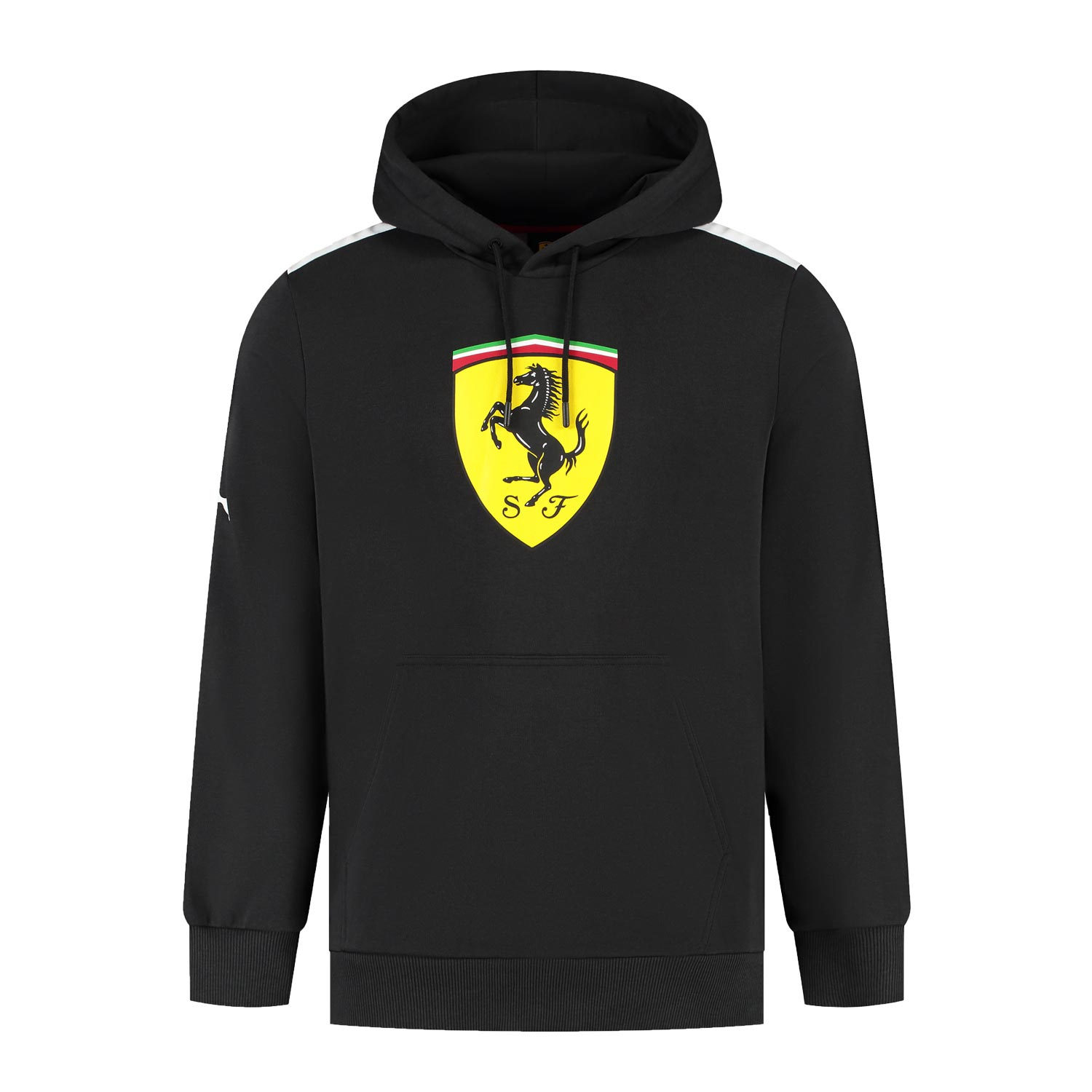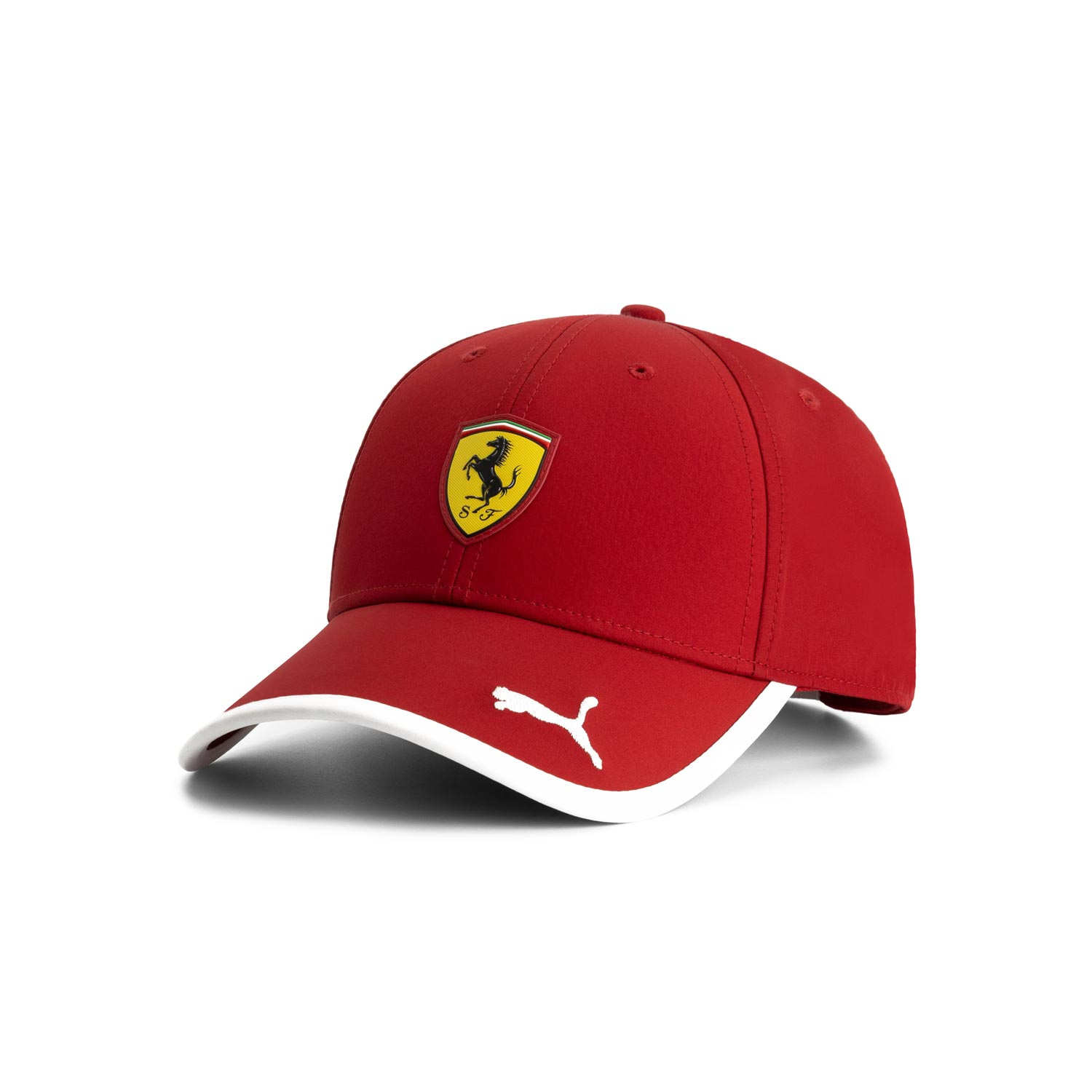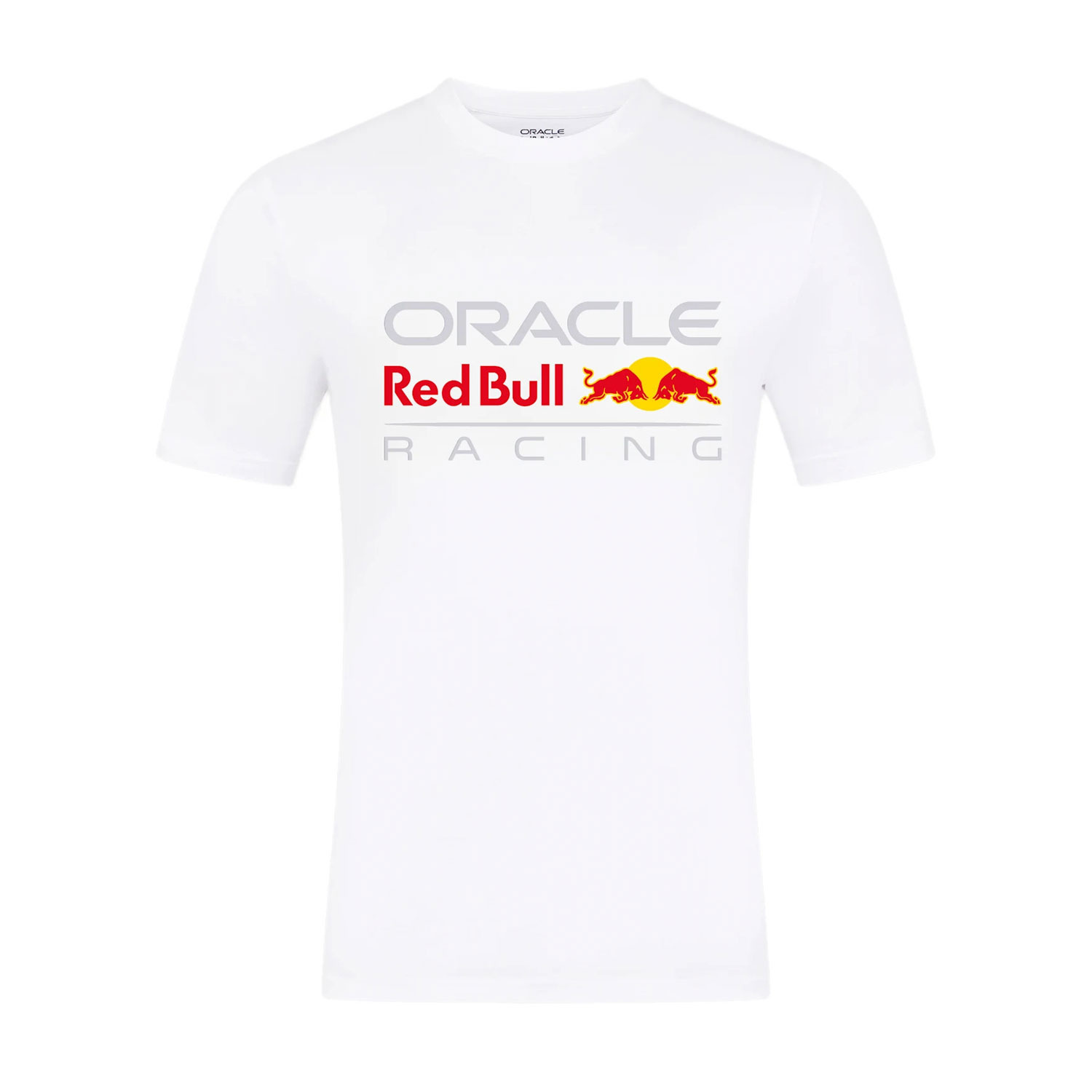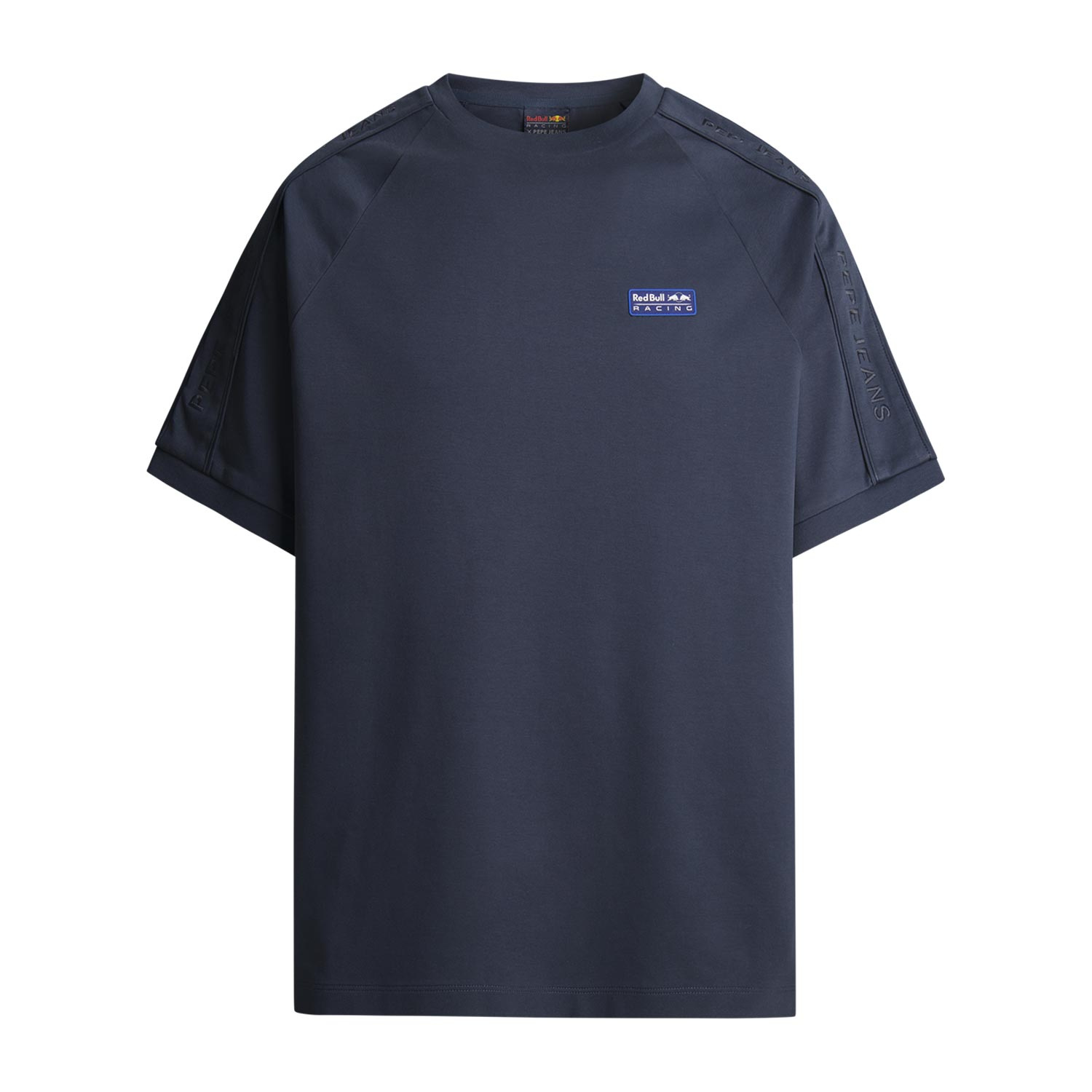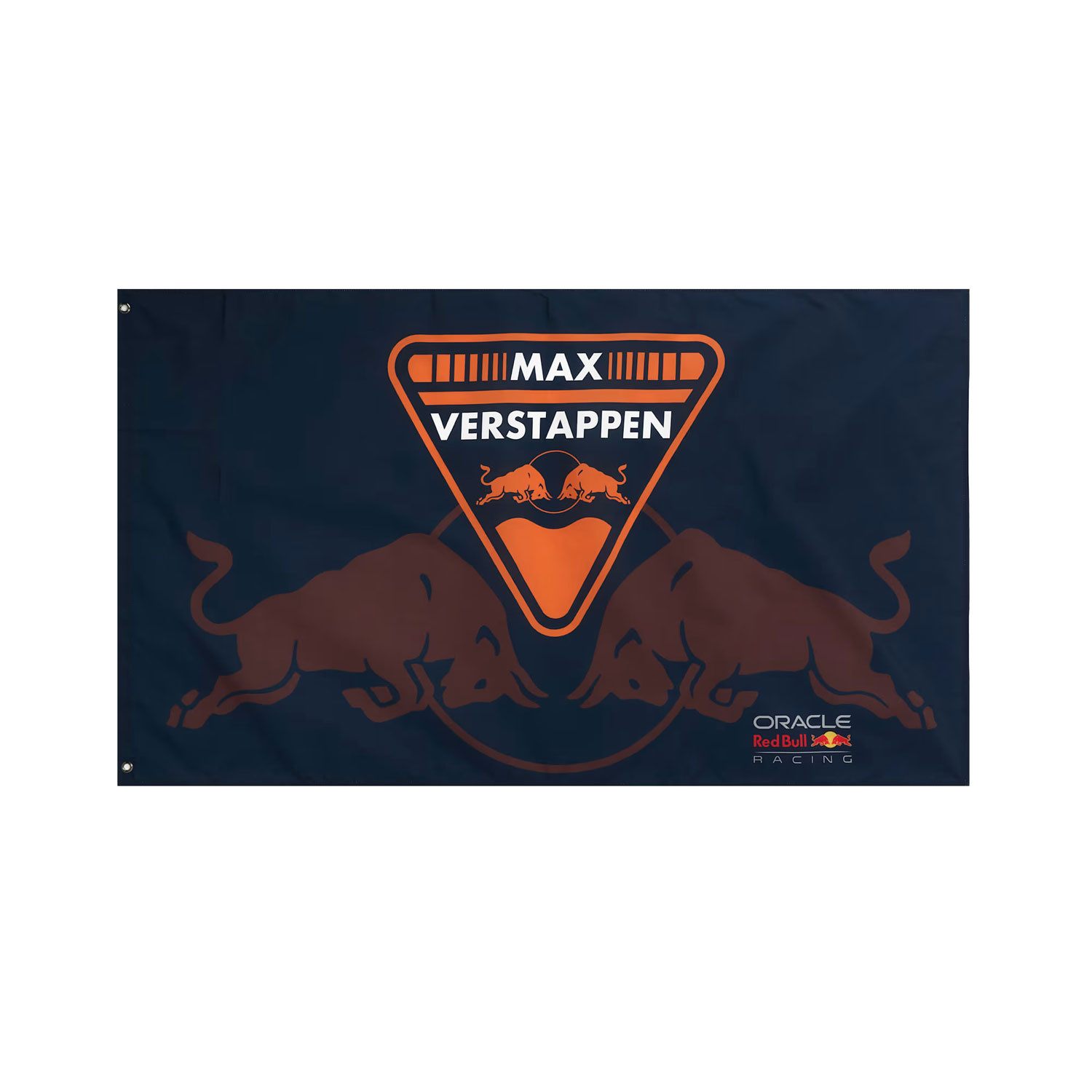What Does Interval Mean in F1?
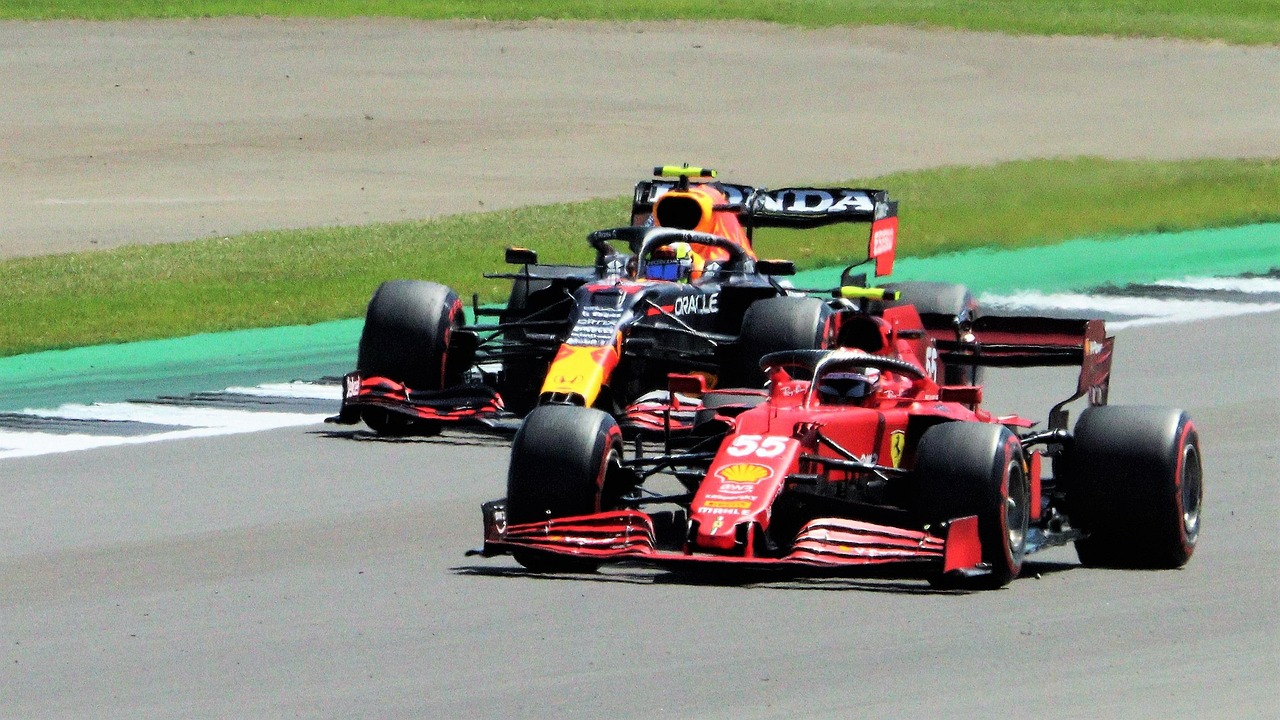
In Formula 1, an "interval" is the time gap between two cars on track. It shows how far one car is ahead of or behind the next car. This number gives teams, drivers, and fans quick, live info. It helps with pit stop calls, DRS use, and race tactics that can decide who wins.
Intervals are easy to read at a glance. Unlike total race times, they give a clear snapshot of the gap between nearby cars.
Whether it’s a fight for the lead or a midfield battle, the interval tells you who is closing in and who is pulling away. It is a basic part of how an F1 race plays out.
How Are Intervals Measured in Formula 1?
F1 uses very accurate timing tools so interval data is correct. The systems are built to handle tiny gaps and to give fair results and strong strategy data.
Time Measurement Systems and Accuracy
Every F1 car carries a transponder. As cars pass timing points around the track, the transponders send signals that are picked up by receivers.
The system records each pass and calculates the time between cars with millisecond accuracy.
The transponder in each car sends a unique signal.
Receivers at set points read those signals.
Software calculates the time gaps down to thousandths of a second.
Timing Screens and Leaderboard Intervals
Fans see intervals on the live timing and TV graphics. A column labeled "Interval" lists a time next to each driver. That time is the gap to the car directly ahead.
If Charles Leclerc shows "+0.656," he is 0.656 seconds behind the next car. The display updates constantly to reflect changes on track.
Interval Calculation Examples During the Race
Example: Max Verstappen leads the race. He has no interval shown because there is no one ahead. Oscar Piastri in second shows "+1.445," meaning he is 1.445 seconds behind Verstappen.
If Lando Norris in third shows "+0.885," he is 0.885 seconds behind Piastri. Norris’s total gap to the leader is 1.445 + 0.885 = 2.330 seconds.
What Is the Difference Between Interval and Gap to the Leader?
These two terms are related but not the same. They use different reference points and answer different questions about the race order.
Interval vs. Gap: Definition and Timing Context
An interval is the time gap to the car directly ahead. It helps you read direct battles on track.
The gap to the leader is the time between any car and the race leader. It gives a bigger picture of where each car sits in the field. Sometimes the graphic says "Leader" to show that all times in that column are measured to the first-place car.
Term | Reference | Shows | Best use |
Interval | Car ahead | Immediate gap to next car | Overtakes, DRS window, defense |
Gap to leader | Race leader | Total gap to P1 | Pit windows, race pace, big-picture strategy |
Effects on Race Strategy and Overtaking
Intervals are key for on-track moves. A small interval to the car ahead means a driver may attack. Being within one second at a DRS detection line allows DRS use. A larger interval to the car behind gives breathing room to save tires or fuel.
Gap to leader helps with wider strategy, such as planning pit stops, and judging undercuts or overcuts. If a driver is far from the front, a team may pit to protect position against different rivals instead of chasing the leader.
Both numbers matter, but they answer different needs.
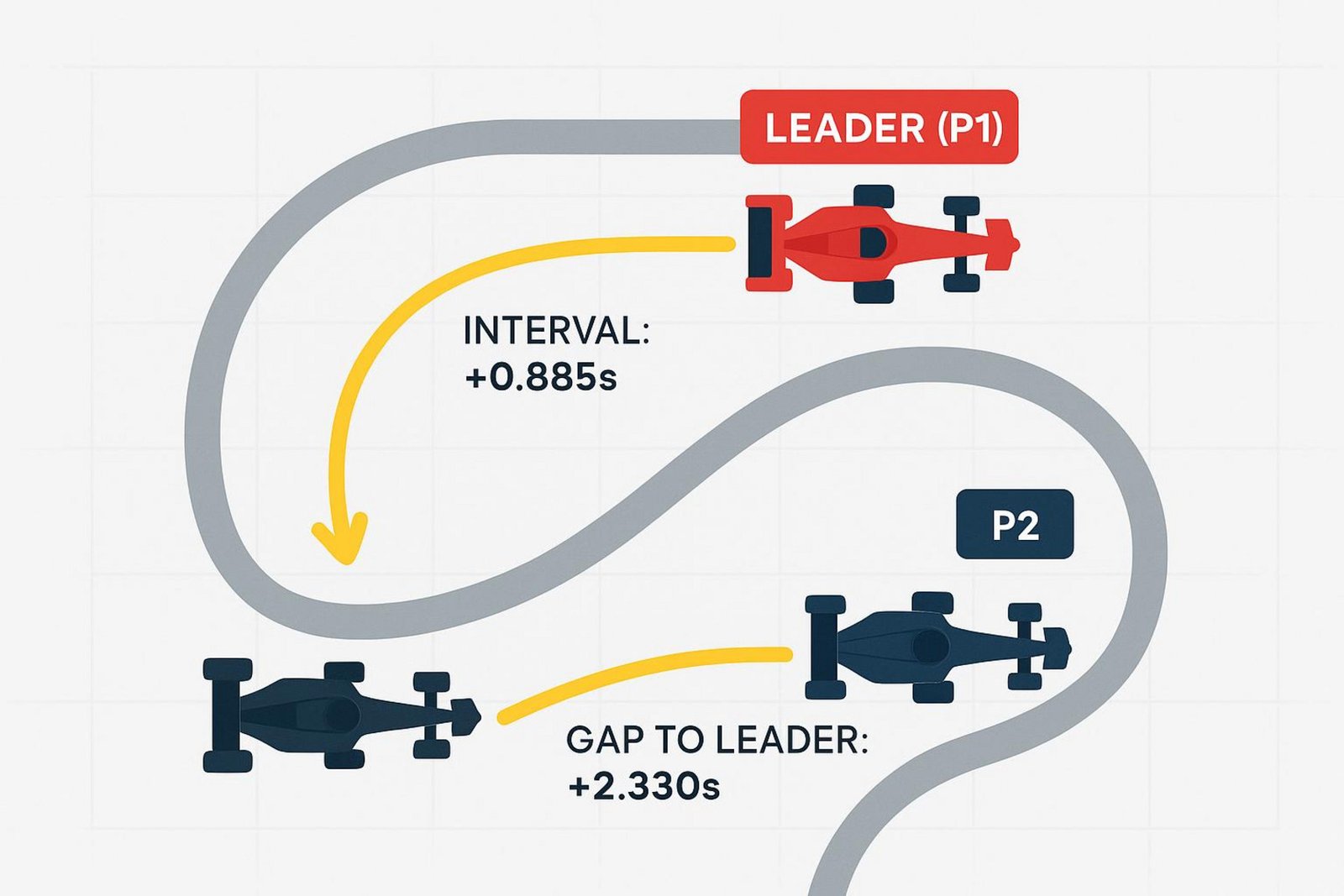
Why Are Intervals Important in F1 Racing?
Intervals guide choices for drivers and teams across practice, qualifying, and the race. They shape pace, tire use, pit windows, and overtaking plans.
Influence on Driver Tactics and Pit Stop Strategy
Drivers watch intervals to plan attacks and defend. If the gap to the car ahead is shrinking, they push to close it. If the car behind is gaining, they protect the position and manage battery and tires as needed. Engineers give constant updates so drivers can react quickly.
Teams use interval data to pick the best time to pit. A safe gap behind can allow a stop without losing position. A tight gap can make a well-timed stop the difference between gaining or losing a place. These calls often come down to tenths or even hundredths of a second.
Interpreting Intervals for DRS Activation
DRS is a flap on the rear wing that cuts drag and boosts speed on certain straights. A driver can use DRS only if they are within one second of the car ahead at a detection point.
This one-second rule shapes many fights. If a driver is just outside 1.0s, they push to get within range before the line. Inside 1.0s, they get DRS and a better shot at passing.
Long trains can form when many cars sit within the one-second window, making moves both possible and tricky.
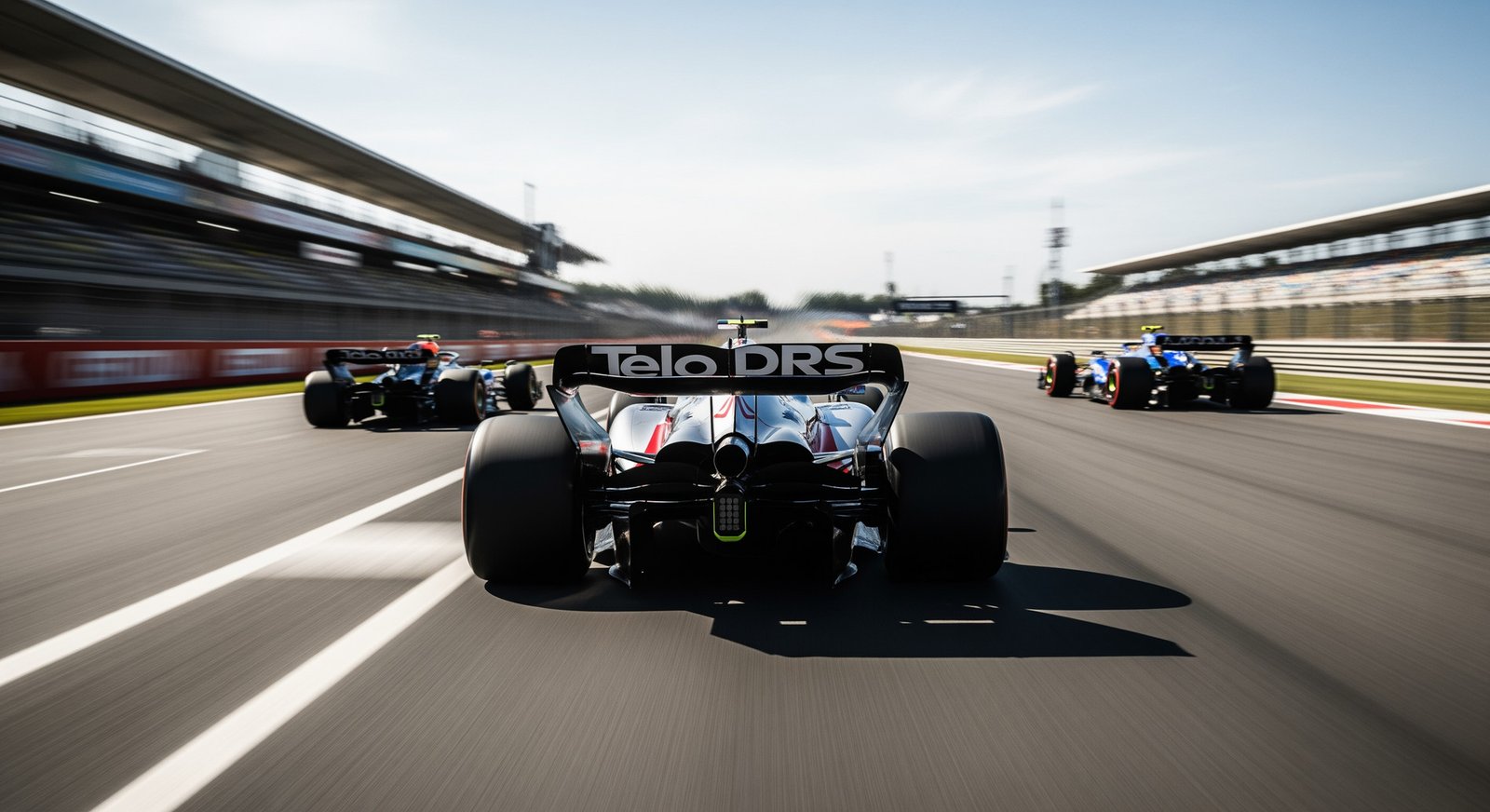
How Does the Interval Impact the Fight for Position?
The interval is the most important number for wheel-to-wheel racing. It shows how close cars are and how much pressure each driver faces.
Different Race Circumstances and Interval Meaning
The meaning of a small or large interval changes with race phase and conditions. Early on, a tiny gap often points to hard battles for position. In the middle, steady gaps can show tire and fuel management while holding station. Late in a Formula 1 Grand Prix, even a slightly bigger gap may be hard to close if the cars have similar pace.
Under a safety car, gaps become smaller. After the restart, small intervals lead to a burst of action.
During long green-flag runs, gaps can stretch, and teams focus more on car care and pit plans. Dry or wet track, tire wear, and fuel targets all change how teams and drivers read interval data.
Engineer and Driver Communication About Intervals
Radio messages often center on intervals. Engineers give clear calls like, "Gap to [name] ahead is 1.2" or "Gap to [name] behind is 0.8."
These numbers drive quick choices. If the message is "0.9 to the car ahead, you have DRS," the driver knows a pass chance is coming. If the gap behind drops fast, the team may ask the driver to push or change lines to defend.
What Information Does the Interval for the Leader Provide?
The leader has no car ahead, so no interval to the front. Instead, timing shows the leader’s gap to second place. This is the leader’s buffer.
If the gap grows, the leader can manage tires, save fuel, and choose pit timing with less pressure. If the gap shrinks, the leader may need to pick up the pace, defend, or pit earlier to cover a threat. The gap to second works like the leader’s interval and defines their control over the race.
Common Questions About F1 Intervals
New fans often ask about how tight these gaps can be and how they affect points and titles.
How Small Can Intervals Be in F1?
Intervals can be tiny. The timing system measures down to thousandths of a second. In close fights, gaps are often just a few tenths.
A one-second gap is already large for DRS. In rare cases two cars can cross a line at the same time, showing a 0.000s gap.
Do Intervals Affect Championship Standings?
Intervals do not give points by themselves, but they help decide finishing places, and places decide points. Good interval management helps a driver finish higher more often.
A smaller gap to a rival can set up a pass.
Smart pit timing can gain track position.
Holding a safe gap can protect points late in a race.
For example, keeping within one second to use DRS might turn P6 into P5, which is a two-point gain. Over a season, small gains like this can swing a title fight.


